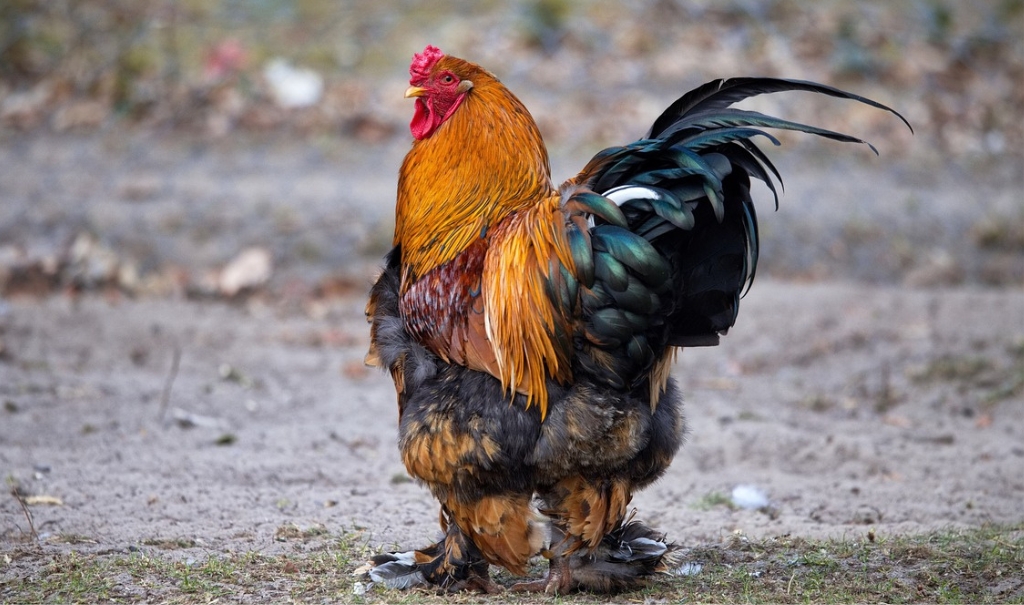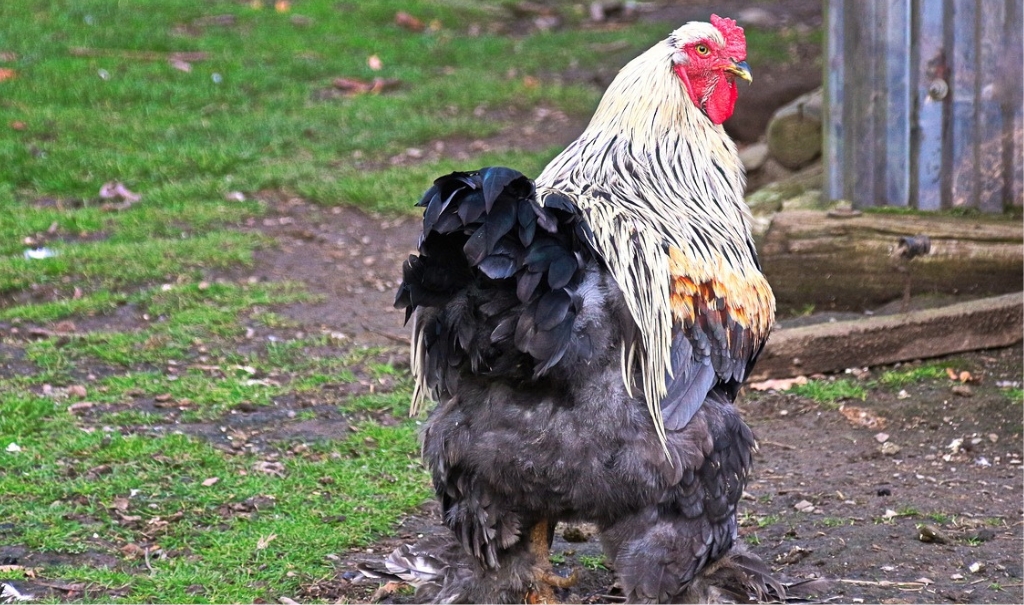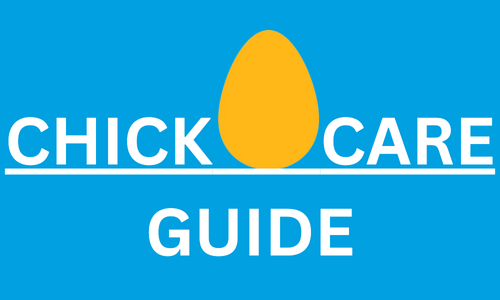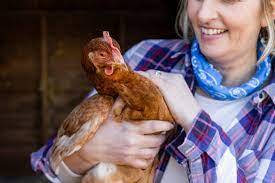A fully feathered chicken has developed a complete set of feathers covering its body. These feathers provide insulation, and protection and aid in temperature regulation, contributing to the chicken’s overall health and well-being. Alright, let’s take a journey inside the chicken’s feathers to understand things further.

Understanding Fully Feathered Chicken
Everyone is aware that chickens are birds of flightless style, and, of course, they have feathers. They are made mostly of keratin, like human hair and nails. Feathers that are present in chickens include body feathers, which are the contour feathers; down feathers, which are used in insulations; and wing and tail feathers, which are known as flight feathers. They are all important in their own right; they all play their unique role in maintaining the health of the bird.
What Makes a Chicken Fully Feathered?
A mature chicken with all its body surfaces having feathers has been described as having full feathering. This normally happens after a chicken attains sexual maturity, which usually takes 6-8 weeks of age, depending on the breed. The feathers offer the feel of the skin; they can act as a barrier against physical injuries and control the extent of temperatures subjectively acceptable by the bird.
Feather Functions in Fully Feathered Chickens
Feathers are essential for several reasons:
- Insulation and Temperature Regulation: Air gets trapped between the layers of feathers, thus helping the chicken to get warmer and cooler during cold and hot weather.
- Protection and Camouflage: Apart from that, Feathers are vital structures that cover the skin and, among other things, prevent skin abrasion, infestation by parasites, and skin damage due to exposure to dangerous UV radiations. They also enable the chickens to lay their eggs in hiding, thus protecting them from the viewer’s light; they also assist the chickens in hiding from predators.
- Social Interaction and Mating Displays: Feathers display and signal for other purposes, such as mating. Discussed below are some of the reasons that may cause chickens to fluff up their feathers include:
Feather Growth in Chickens
Chickens pass through different feather stages: down feathers, contour feathers, hard feathers, and flight feathers. Fledged chicks will hatch with a sheath of soft and fluffy down feathers. They begin to grow some small feathers known as juvenile feathers, but as they mature, they develop adult feathers. This process is known as moulting, and during this time, the chickens lose their feathers and grow new ones. Bird moulting may be done once per year or if the situation calls for it, such as stress, change of atmosphere, or lack of food.
Genetics Behind Feathering
The growth of feathers in birds, especially chickens, is determined by their genes. The pattern, colour, and type of feathers a chicken will have depends on certain genes. For example, some birds bring genes that lead to special feathering, which could be fried or silkie. Knowledge of these genetic factors is essential for the breeder who wants to achieve feather conformation in his or her chicken stock.
How to Promote Healthy Feathering?
Diet is also vital for your chickens, and for the growth of good feathers, you should ensure that your chickens eat foods that contain adequate proteins, vitamins, and minerals. It is also important to groom the pet regularly and control for parasites whenever necessary. Enough space and minimal environmental pressure can solve such problems as feather pecking and weather-related problems.
Breeds Known for Their Feathers
There are those chicken breeds that are famous for their fancy and colourful feathers. For example:
- Silkies: Most have body feathers that look and feel like fur.
- Cochins: Be equipped with lots of soft and fluffy feathers on the whole body, including their legs and feet.
- Polish Chickens: Burrowing form of birds that can be easily proved by the crest of feathers on their head.
These breeds have what can be described as unique appearances, and their feathers also need trimming and other maintenance care.

Benefits of Fully Feathered Chicken
- Temperature Control: Fully feathered chickens help chickens stay warm in winter and cool in summer.
- Injury Protection: Fully feathered chickens shield from bumps and pecking injuries.
- Skin Health: Fully feathered chickens reduce skin irritation and infections.
- Parasite Defense: Fully feathered chickens have better protection against mites and lice.
- Sun Protection: Feathers shield skin from harmful UV rays.
Conclusion
It is fascinating that the chickens are fully feathered birds, animals, or what you will, possessing a protective covering that is not just fancy. Everything from insulation to communication purposes is found in feathers, essential to a chicken. Thus, it is possible to state that by knowing the significance of feathers and paying more attention to this aspect, people may guarantee comfortable and healthy lives for their chickens.
FAQs
How long does it take for a chicken to become fully feathered?
Most chickens are fully feathered by 6 to 8 weeks of age, though this can vary depending on the breed.
Can a chicken survive without feathers?
While chickens can survive with partial feathering, they rely on feathers for temperature regulation and protection so a featherless chicken would require special care.
What should I do if my chicken is losing feathers?
Feather loss can be due to moulting, parasites, or stress. Check for signs of pests, ensure proper nutrition, and reduce environmental stress.
Are there any chicken breeds that naturally have fewer feathers?
Yes, breeds like the Naked Neck or Turken naturally have fewer feathers, particularly around the neck area.
How can I help my chickens during moulting?
Provide a high-protein diet during moulting to support feather regrowth and minimise stress to help them through this period.


